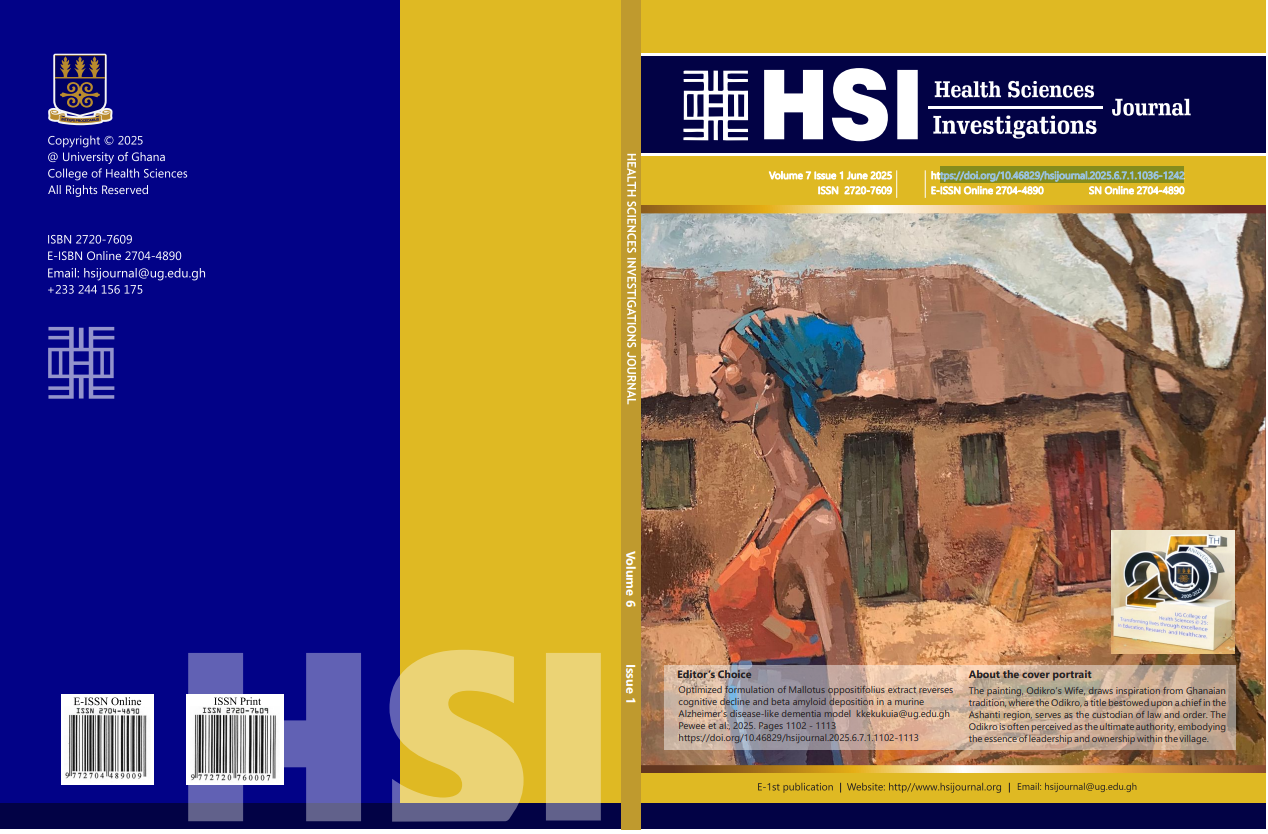Increased levels of pre-treatment drug resistance of human immunodeficiency virus type 1 subtypes in people living with HIV in Ghana: A cross-sectional study
Increased Levels of Pre-treatment Drug Resistance of Human Immunodeficiency virus type 1
Abstract
Background: Antiretroviral therapy (ART) has significantly reduced the burden of human immunodeficiency virus (HIV-1) infection. However, the emergence of drug resistance (DR) during therapy and the transmission of resistant strains contribute to treatment failure and may compromise ART efficiency. Genotypic-DR testing guides the selection of drugs for initiation of therapy or a switch to new regimens. However, such precision medicine practice among persons living with HIV (PLWH) is not available in Ghana, thus creating a critical gap in
knowledge of the contribution of pre-treatment drug resistance to treatment failure.
Objective: The study aimed to determine the presence of drug-resistant HIV-1 strains in ART-naive people living with HIV (PLWH) in Ghana.
Methods: Sixty-nine (69) ART-naive PLWH were enrolled from three hospitals in Accra. Demographics and clinical data were documented, and venous blood samples were collected. HIV-1 protease and reverse transcriptase genes were amplified by conventional polymerase chain reaction (PCR) and directly sequenced. Sequences were assembled and edited and submitted to the Stanford HIV Drug Resistance Database (HIVdb) for subtyping and DR analyses.
Results: The mean viral load and CD4+ counts were 1.38 x 105 copies/ml and 409 cells/µl, respectively. We found 10.8% resistance (K103N, V179I, A98G, E138A) against non-nucleoside reverse transcriptase inhibitors, three accessory protease inhibitors mutations (V32L, V11L, L10LF) in nine participants, but no NRTI mutations. Sixty-four percent (64%) of participants carried HIV-1 subtype CRF02_AG, 26% carried subtype B, and the remaining were subtypes CRF06_cpx, A, C and G.
Conclusion: Our data confirmed CRF02_AG as the predominant HIV-1 subtype in Ghana, with increasing occurrence of subtype B. These findings indicate the need for continuous monitoring of subtype dynamics and drug resistance to guide the national ART program and enhance the clinical management of PLWH.


